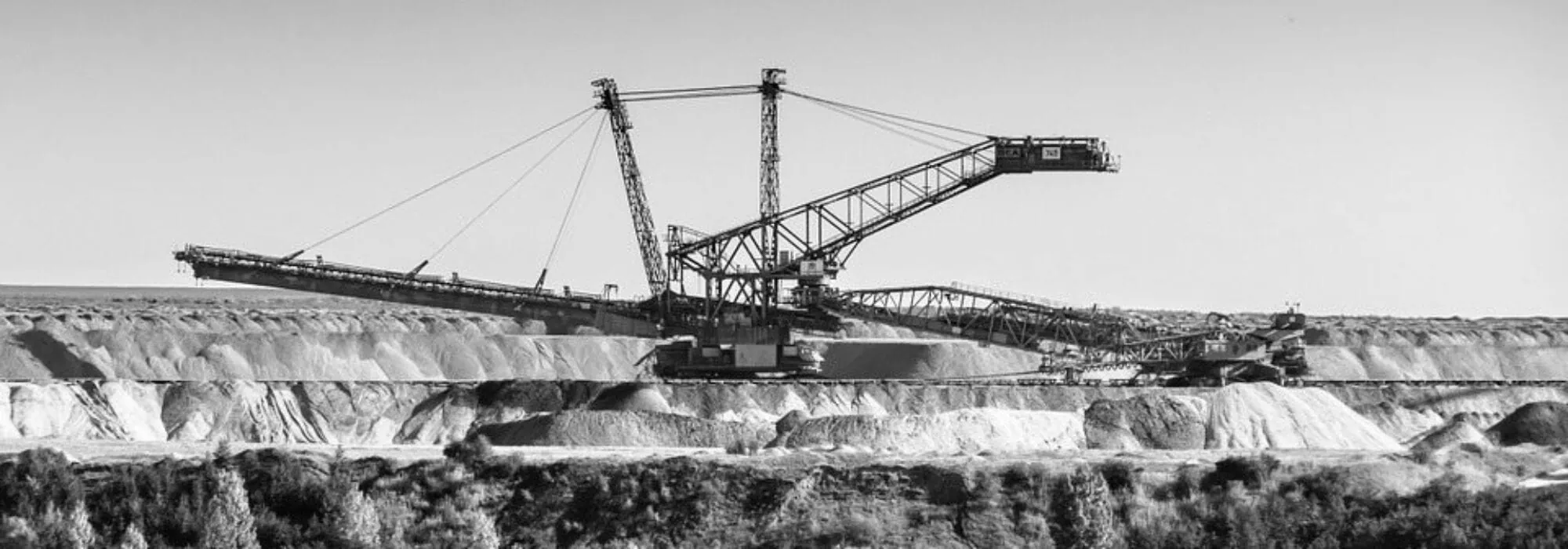
The last two decades have witnessed an extraordinary expansion in global mining activity, an increasing share of which was concentrated in emerging markets. The world’s largest mines can nowadays be found in Africa, Asia and Latin America. This mining boom has reinvigorated the debate about the impact of mining on economic activity and welfare in ‘host’ countries. Our recent research informs this debate by analysing how the presence of nearby active mines influences firms in eight countries with large manufacturing and mining sectors: Brazil, Chile, China, Kazakhstan, Mexico, Mongolia, Russia and Ukraine.
First, we use data on 22,150 firms from the EBRD-World Bank Enterprise Survey. These data contain the responses of firm managers to questions on the severity of various obstacles to the day-to-day operation of their business, including access to transport infrastructure and electricity, the availability of educated workers, the cost of land, and access to finance.
Second, we use comprehensive information on the geographical location and operating status of 3,793 mines producing 31 different metals and minerals in our country sample. The figure below shows the location of the mines (blue dots) and firms (red triangles) that we analyze in one of these countries, Kazakhstan. It becomes clear that even in a mining-rich country like Kazakhstan, some firms are close to active mines (i.e. within 20km radius circles) whereas others are not. This is the type of variation we exploit in our analysis.
Figure: Mines and firms across Kazakhstan

Note: The lower map zooms in to the red rectangle in the upper map.
Two core results emerge from our research. First, we find that manufacturing firms that are located close to active mines report tighter business constraints. These firms compete with neighbouring mines for access to inputs, labour and infrastructure and experience congestion and infrastructure bottlenecks. We also show that this stunts the growth of these firms as they generate less employment. The effects are economically quite large: moving a manufacturing firm from a region without mines to a region with average mining intensity would reduce the number of employees by almost 3 per cent on average. In contrast, firms in the natural resource sector itself – which sell goods and services to mines directly or use their raw materials as input – actually benefit from local mining activity. This also holds for firms in the construction and services sectors. Yet, because most local firms are small-scale manufacturers, we find that the net average effect of mining activity on businesses in the immediate vicinity is negative.
There is also good news. Our second main finding is that, because mining generates revenue that is eventually spent on goods, services and public goods in the region, current mining activity improves the business environment in a distance band of between 20 and 150 kilometres around firms. This indicates that while mines can cause infrastructure bottlenecks in their immediate vicinity and crowd out local manufacturers, they may improve the business environment on a wider geographical scale.
Ralph de Haas
Steven Poelhekke
Read the full paper.
February, 2017